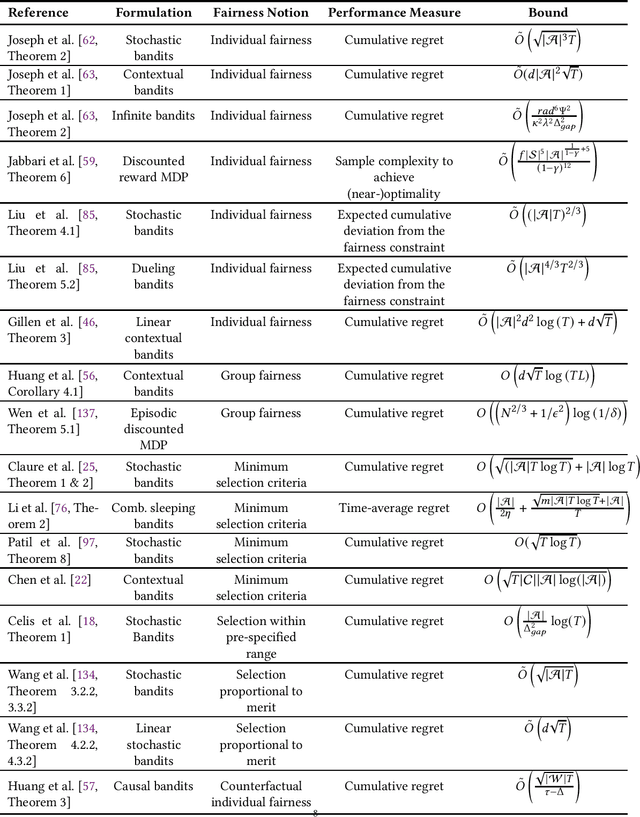Akrati Saxena
Heterophily-Based Graph Neural Network for Imbalanced Classification
Oct 12, 2023



Abstract:Graph neural networks (GNNs) have shown promise in addressing graph-related problems, including node classification. However, conventional GNNs assume an even distribution of data across classes, which is often not the case in real-world scenarios, where certain classes are severely underrepresented. This leads to suboptimal performance of standard GNNs on imbalanced graphs. In this paper, we introduce a unique approach that tackles imbalanced classification on graphs by considering graph heterophily. We investigate the intricate relationship between class imbalance and graph heterophily, revealing that minority classes not only exhibit a scarcity of samples but also manifest lower levels of homophily, facilitating the propagation of erroneous information among neighboring nodes. Drawing upon this insight, we propose an efficient method, called Fast Im-GBK, which integrates an imbalance classification strategy with heterophily-aware GNNs to effectively address the class imbalance problem while significantly reducing training time. Our experiments on real-world graphs demonstrate our model's superiority in classification performance and efficiency for node classification tasks compared to existing baselines.
DCC: A Cascade based Approach to Detect Communities in Social Networks
Dec 21, 2022



Abstract:Community detection in Social Networks is associated with finding and grouping the most similar nodes inherent in the network. These similar nodes are identified by computing tie strength. Stronger ties indicates higher proximity shared by connected node pairs. This work is motivated by Granovetter's argument that suggests that strong ties lies within densely connected nodes and the theory that community cores in real-world networks are densely connected. In this paper, we have introduced a novel method called \emph{Disjoint Community detection using Cascades (DCC)} which demonstrates the effectiveness of a new local density based tie strength measure on detecting communities. Here, tie strength is utilized to decide the paths followed for propagating information. The idea is to crawl through the tuple information of cascades towards the community core guided by increasing tie strength. Considering the cascade generation step, a novel preferential membership method has been developed to assign community labels to unassigned nodes. The efficacy of $DCC$ has been analyzed based on quality and accuracy on several real-world datasets and baseline community detection algorithms.
FAL-CUR: Fair Active Learning using Uncertainty and Representativeness on Fair Clustering
Sep 21, 2022



Abstract:In the literature, several active learning techniques have been proposed for reducing the cost of data annotation. However, it is questionable whether the sample selection is fair with respect to sensitive attributes. Even when the active learning model considers fairness, it comes with a cost of reduced accuracy performance. Thus, it remains an open challenge to design an active learning algorithm that can maintain performance as well as fairness to underprivileged groups. This paper presents a novel active learning strategy called Fair Active Learning using fair Clustering, Uncertainty, and Representativeness (FAL-CUR) that provides a high accuracy while maintaining fairness during the sample acquisition phase. We introduce the FAL-CUR sample acquisition function that computes each sample's representative score based on the uncertainty and similarity score for sample selection. This acquisition function is added on top of the fair clustering method to add fairness constraints to the active learning method. We perform extensive experiments on four real-world datasets to compare the performance of the proposed methods. The experimental results show that the FAL-CUR algorithm maintains the performance accuracy while achieving high fairness measures and outperforms state-of-the-art methods on well-known fair active learning problems.
Survey on Fair Reinforcement Learning: Theory and Practice
May 20, 2022
Abstract:Fairness-aware learning aims at satisfying various fairness constraints in addition to the usual performance criteria via data-driven machine learning techniques. Most of the research in fairness-aware learning employs the setting of fair-supervised learning. However, many dynamic real-world applications can be better modeled using sequential decision-making problems and fair reinforcement learning provides a more suitable alternative for addressing these problems. In this article, we provide an extensive overview of fairness approaches that have been implemented via a reinforcement learning (RL) framework. We discuss various practical applications in which RL methods have been applied to achieve a fair solution with high accuracy. We further include various facets of the theory of fair reinforcement learning, organizing them into single-agent RL, multi-agent RL, long-term fairness via RL, and offline learning. Moreover, we highlight a few major issues to explore in order to advance the field of fair-RL, namely - i) correcting societal biases, ii) feasibility of group fairness or individual fairness, and iii) explainability in RL. Our work is beneficial for both researchers and practitioners as we discuss articles providing mathematical guarantees as well as articles with empirical studies on real-world problems.
 Add to Chrome
Add to Chrome Add to Firefox
Add to Firefox Add to Edge
Add to Edge